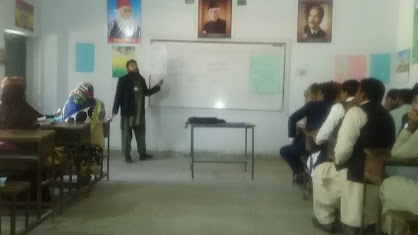THE AUDIO-LINGUAL METHOD FOR THE SPEAKING AND LISTENING SKILLS IN ENGLISH LANGUAGE TEACHING

THE AUDIO-LINGUAL METHOD FOR THE SPEAKING AND LISTENING SKILLS IN ENGLISH LANGUAGE TEACHING Background: The audio-lingual method, like the direct method just discussed, has a very different purpose than the grammatical translation method. The audio-linguistic method was developed in the United States of America during World War II. At that time, it was necessary for people to learn foreign languages quickly for military purposes. As we have seen, the grammatical translation method did not prepare people to use the target language. While communication in the target language was the goal of the direct method, exciting new ideas about language and learning were emerging at this time from the disciplines of descriptive linguistics and behavioral psychology. These ideas led to the development of the audio-linguistic method. Some of the principles are similar to the direct method, but many are different because they are based on conceptions of the language and on learning these two

